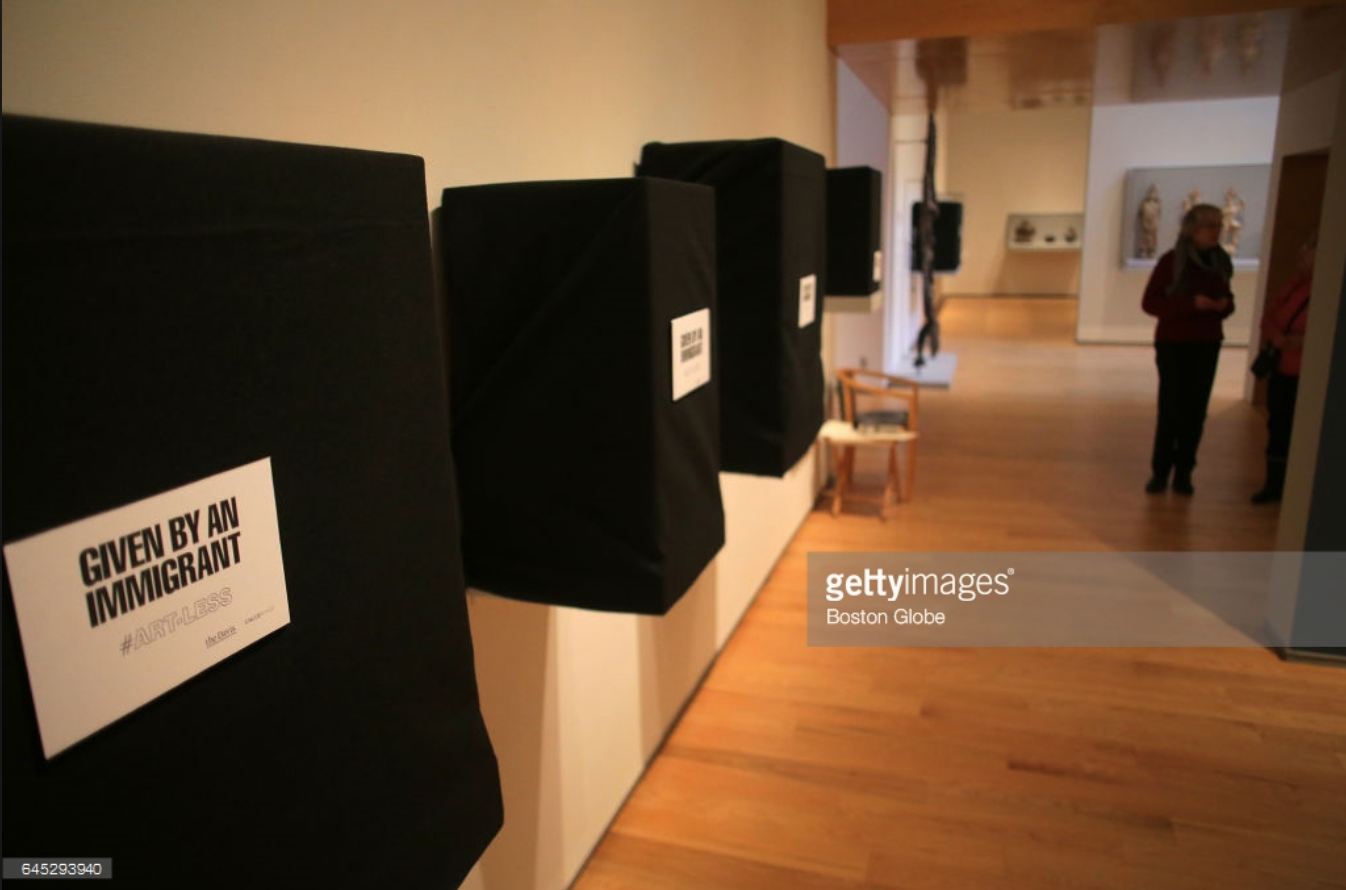Assignment 7 - Social Curatorship in Museums
Jana Macalik: The Museum as Discursive Space
Reading the Introduction to the Special Issue: Discursive Space really brought to mind the power dynamics between museum visitor and museum. I liked how the article asked readers to think of a museum visitor instead as a museum user, which grants the visitor more leverage than a traditional visitor relationship with the museum. It reminded me of how eerie it can feel when visitors are instructed to quietly whisper when they enter a museum space, almost as a sign of respect to the building and the art it houses, even though its purpose is for the use of the public. I believe that museums exist in order to remember + educate, yet the means of educating have different effectiveness between generations. As technology advances, so do platforms for education; I don’t see an issue with museums presenting exhibits and leveraging the overall educational experience for its visitors/users by using relevant technology that sparks dialogue and social sharing. I mention using relevant technology because it’s important to use the tools of the present when educating; technology can promote accessibility, which museums should always strive for. There definitely is a balance that needs to be struck between display/education, but I believe it’s doable, and later I’ll be mentioning an example in this post that I think both effectively displayed art and educated museum users both inside and outside of the actual physical space.
Christina Kreps: Curatorship as Social Practice
The Curatorship as a Social Practice article called attention to the importance of curating and presenting museum exhibitions as close to the social contexts the items on display were created in. When I think of a “typical” and traditional museum, I picture an image of an oil painting inside an embellished frame; the painting is display against a white wall, and there’s either a card of text near it or text printed on the wall. This kind of object display removes social, temporal, and cultural identity from the painting by showcasing it in such a sanitized and identity-erasing way. The notion that “objects in museums only have value and meaning in relation to people” is important, and I agree that museums need to recognize the “interplay of objects, people, and societies, and expresses these relationships in social and cultural contexts.” The Davis Museum at Wellesley College recently did something that reminded of the contextualization of displayed objects. In response to the xenophobia of this administration’s refugee ban, the museum covered all art made by or donated by immigrants. The Davis Museum added a new sociocultural lens to the art by showcasing how 20% of all of the art in the museum was covered as part of this protest. Here’s an article that dives into this particular example: http://www.independent.co.uk/arts-entertainment/art/news/wellesley-college-davis-museum-immigrant-art-donald-trump-muslim-ban-immigration-a7587156.html
